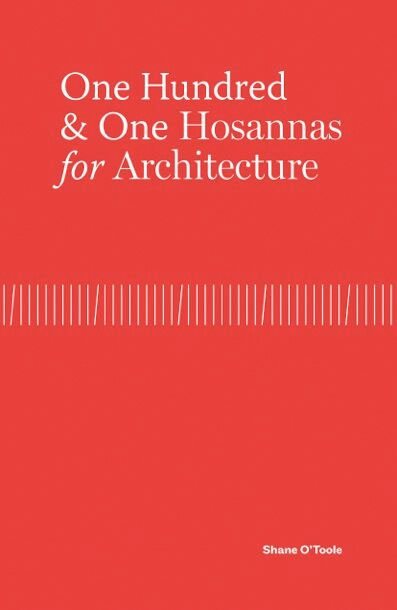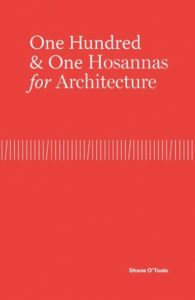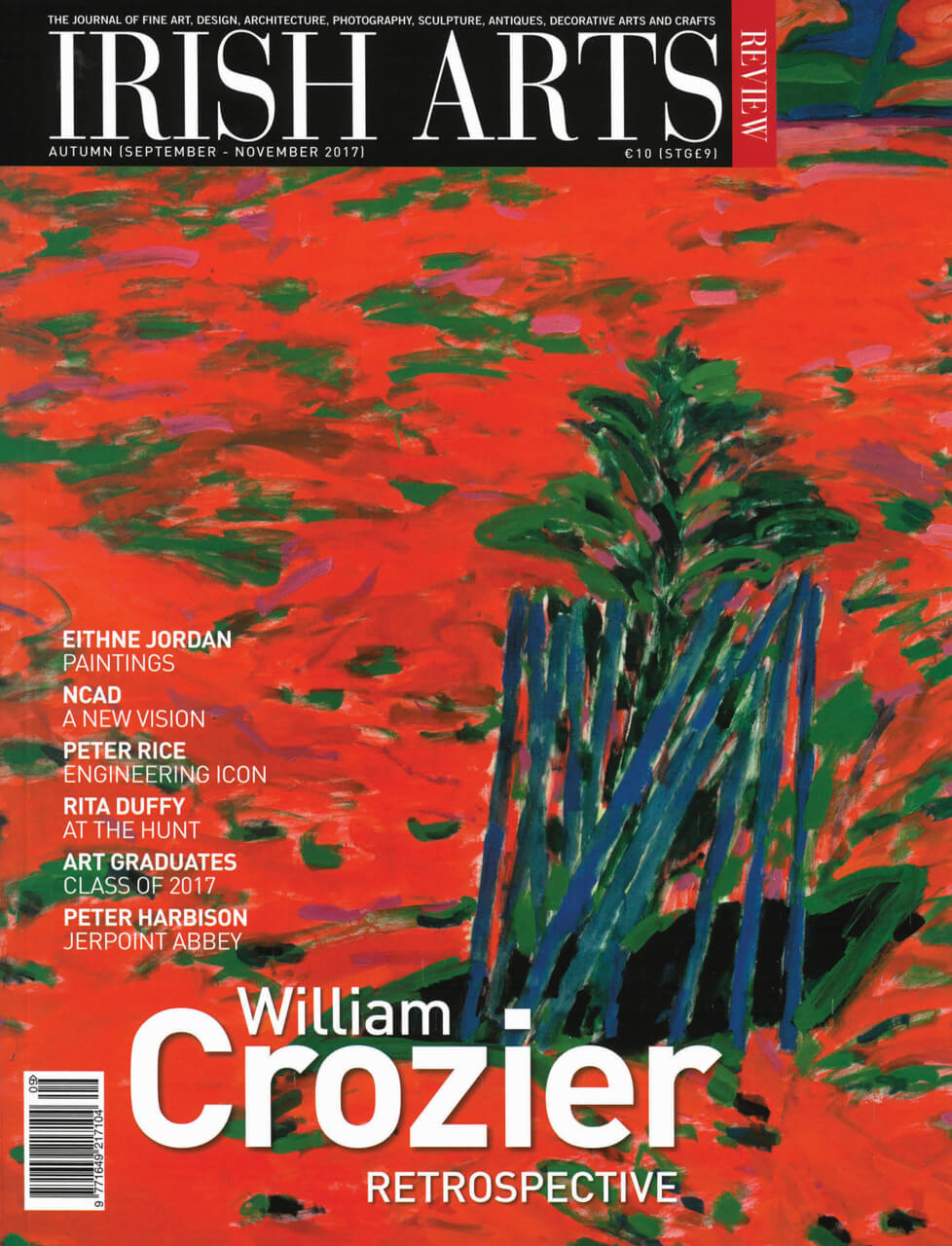
 Shane O’Toole
Shane O’Toole
Gandon Editions, 2017
unnumbered h/b
€20.00 ISBN: 978-1-910140-14-7
Deirdre Conroy
Designed in the style of a missal, this slim volume features some public worship of Ireland and Europe’s architectural achievements but does not overlook the sins committed in the name of ‘planning‚’.
As an architectural critic, O’Toole wrote many of his essays on Irish architecture in a global context, during the period 1999 to 2016. 101 essays are devoted to diverse topics including Calatrava’s bridges, the Palestinian Museum, Letterfrack Furniture College, the National Gallery Millennium Wing, Eileen Gray’s E1027, Ian Ritchie’s Spire, Bilbao and the Venice Biennale. In short, O’Toole embraces a vast body of historic, ecclesiastical and modernist dominant aspects of our built environment. Among many great names he reviews the work of 19th-century Waterford architect, John Roberts, Sam Stephenson, Ronnie Tallon and commiserates on our loss of a golf club to be designed by Mies van der Rohe in the 1930s. While today, 1980s and 1990s office blocks are being demolished all over the city, it is the architecture of Georgian Dublin that stands the test of time and classically defines the image of the capital.
O’Toole opens with a homily to our 18th century starchitect, James Gandon, whose monumental buildings include the Customs House, adaptation of Bank of Ireland College Green, original Four Courts and still standing, the Bencher’s Dining Room at King’s Inns. In a bold and informed style, O’Toole cuts through the romance of historic design and the formality of what Goethe termed ‘frozen music‚’ to bring the reader a pithy, controversial look at the wallpaper that surrounds us.
Andy Devane, whose centenary is approaching, is eulogised by O’Toole for his spirituality, humanity and his enigmatic approach to life and work. He was one of Frank Lloyd Wright’s disciples and they remained friends, Devane’s most famous buildings include Stephen’s Court, doomed demesne of Anglo Irish Bank and the landscaped AIB edifice at Ballsbridge. He abandoned his practice at Robinson Keefe and Devane in the early 1980s to work in Calcutta with Mother Teresa for nearly 20 years and that is where he died in 2000.
O’Toole brings a good story into each review. Take the Eurocampus in Clonskeagh, for example, which was started in 1952 under the Save the German Children Society, and which fostered hundreds of German orphans in Ireland after the war. A2 Architects designed this new concept, before the banks knocked the entire architectural profession and construction industry off a cliff. The combined French Lycée and German Schule is described by O’Toole as ‘sophisticated, well-proportioned and elegantly simple,‚’ highlighting the architects‚’ potential for designing better Irish schools. Architecture is always political, Ireland’s time is now. This is a perfect little travel companion.
Deirdre Conroy is an architectural historian and barrister.



